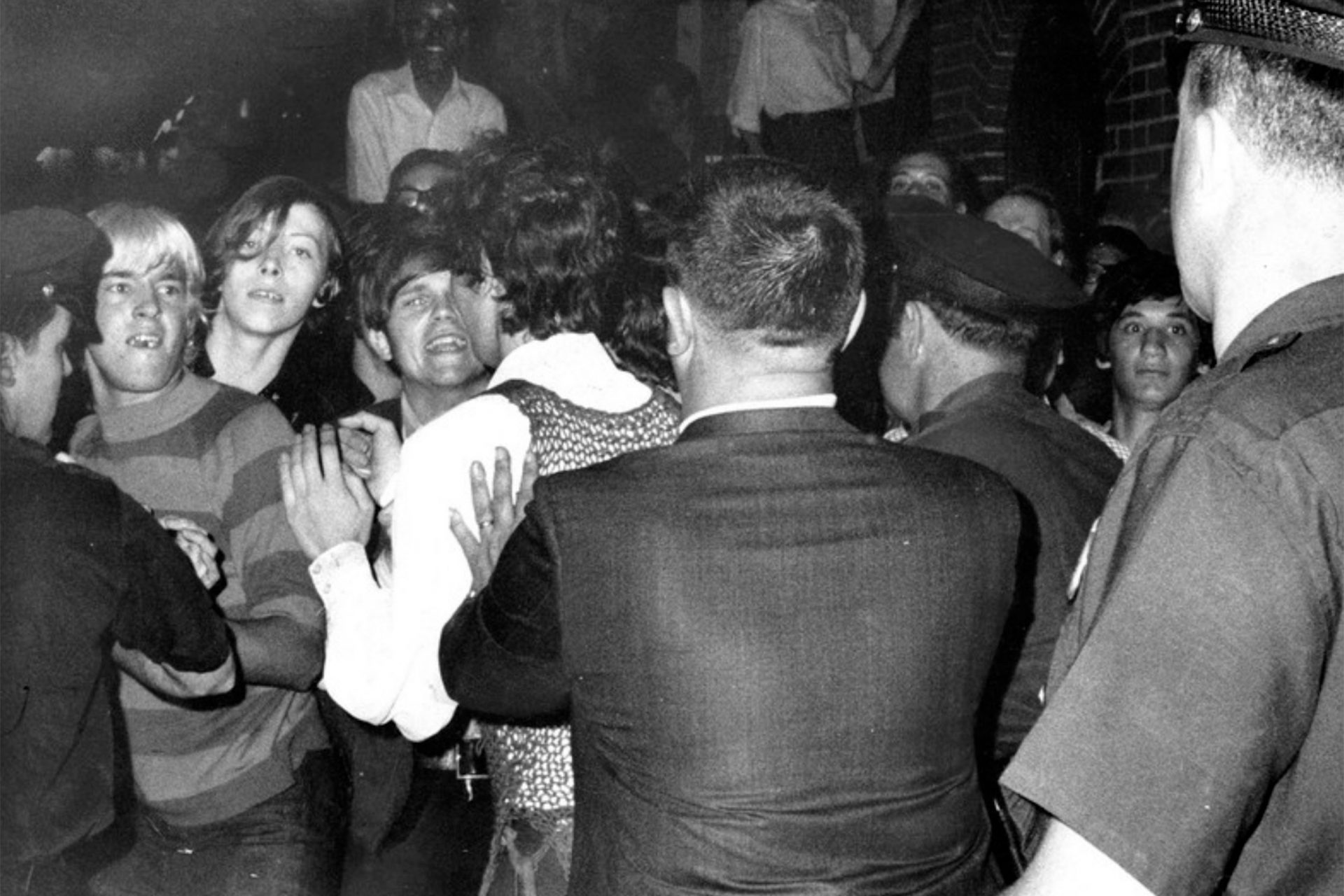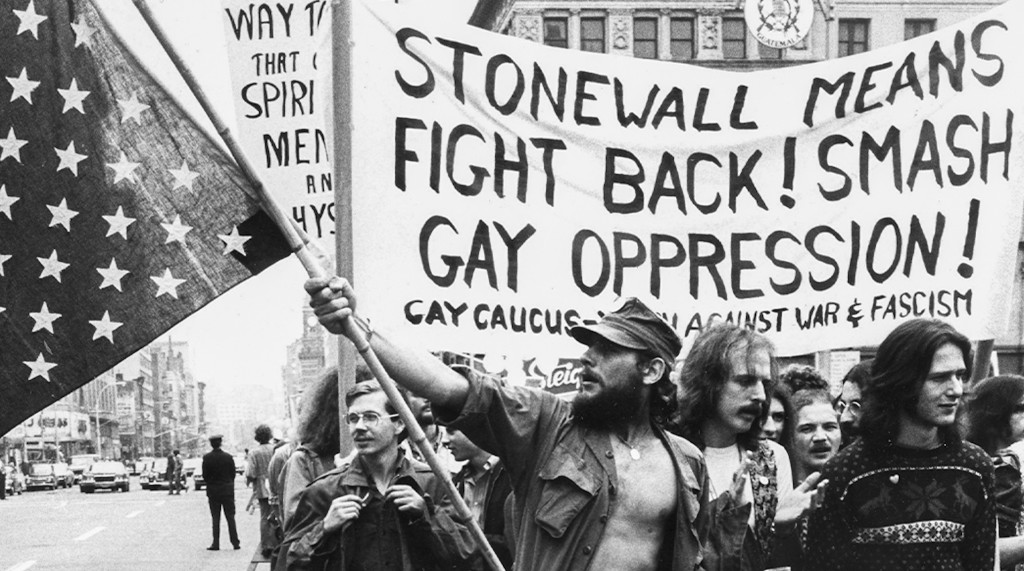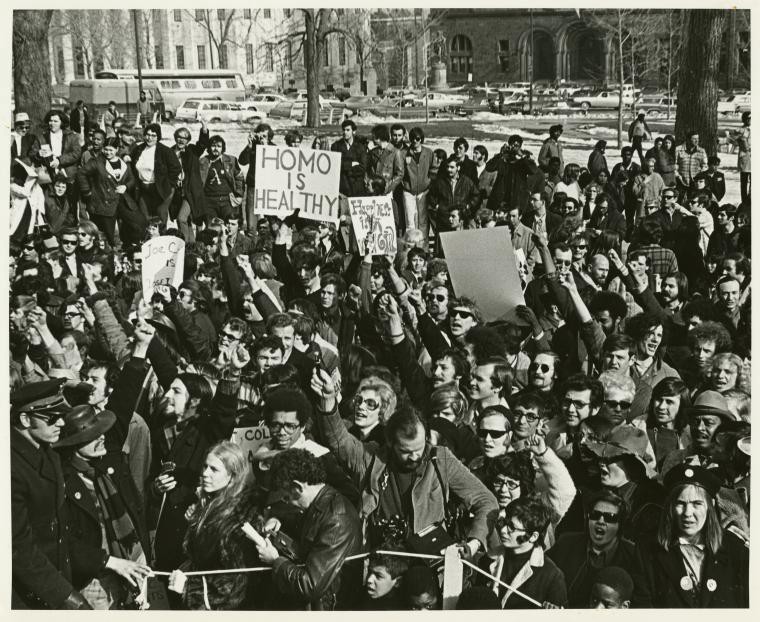
Pride and the Stonewall Riots
What normally comes to mind when you think of Pride month? Parades, parties and pasties? The rainbow too, of course; a riot of colour and light that acknowledges and accepts the full spectrum of humanity in all its glory.
For over five decades now, June has served as a time to celebrate. A lot has changed for the LGBTQI+ community since that pivotal night at the Stonewall Inn in 1969 but a sense of heaviness hangs in the air this year.
As protests and riots continue to rage, demanding justice for Black lives, it’s significant to remember that Pride demonstrations too, including the first Mardi Gras in Australia, were originally protests against police brutality. And despite the United States Supreme Court’s recent landmark decision to protect LGBTQI+ workers against workplace discrimination, just days earlier — on the anniversary of the tragic Pulse nightclub shooting — the Trump administration reversed health protections for transgender people. Even back home in Australia, the LGBTQI+ community says the proposed religious discrimination bill could open the door for a raft of problematic scenarios, with the potential of dismantling existing protections.
It’s clear there is still work to be done, both internally and externally, to dismantle oppressive systems. Part of that work involves taking the time to seek a deeper understanding of the past to acknowledge how and why these periods of disruption can birth real, meaningful change.
Part of that work involves taking the time to seek a deeper understanding of the past to acknowledge how and why these periods of disruption can birth real, meaningful change.

A BRIEF HISTORY OF PRIDE
Fifty-one years ago, on 28 June 1969, police officers raided New York City’s Stonewall Inn, a popular queer bar in Greenwich Village, becoming violent with LGBTQI+ patrons. The discriminatory raid sanctioned by the now-defunct Public Morals Division was a regular occurrence of the time – cops had the power to both arrest and force the hospitalisation of queer people. On this night however, the community fought back.

Arrested for nothing more than freely expressing themselves, the patron’s cry of “Enough!” was heard around the world. Hundreds of people from adjoining queer bars and those in the streets joined the fight against police oppression, putting their lives at risk for equality and liberation. The protest lasted six days.
While accounts of the night’s specificities differ, there’s no doubt that transgender activists and people of colour led the charge. Names like Marsha P Johnson, Sylvia Rivera and Stormé DeLarverie are ones we should remember. Their courage and conviction in the face of danger and discrimination sparked a revolution that would see the birth of the modern Pride movement.
Their courage and conviction in the face of danger and discrimination sparked a revolution that would see the birth of the modern Pride movement.

While the gay rights movement didn’t begin that night, in that tavern, it undoubtedly catapulted the struggle into the spotlight, with the Stonewall Riots providing important visibility to the LGBTQI+ community. A number of organisations formed following the rebellion, including the Gay Liberation Front, the Gay Activists Alliance, Radical Lesbians, and the Street Transvestite Action Revolutionaries (started by Johnson and Rivera). One year on, the anniversary was commemorated with a series of demonstrations across the country — the Christopher Street Liberation Day March, which would go on to become the Gay Pride March, took place along the same street where The Stonewall Inn is situated. As time has passed, the original message of rebellion and resistance has evolved into one of love and acceptance, and the beautiful month-long Pride celebrations we know today.

In 2016 President Obama designated Christopher Park, a park directly across the road from the Stonewall Inn site and the riots, as the Stonewall National Monument – the first U.S. national monument to be dedicated to gay, lesbian, bisexual, and transgender rights.
Though the struggle still exists for many, Stonewall continues to serve as a powerful mnemonic allowing us to celebrate the foundational work of those that came before us, and reflect on what still needs to be done.
PRIDE IN 2020
Moving from the streets and onto the internet due to COVID-19, Pride Month looks very different in 2020. As we approach the 51st anniversary of the Stonewall Riots, take the time to consider how you can meaningfully donate to the LGBTQI+ community whether that be donating to intersectional organisations like First Nations Rainbow or supporting brands owned by LGBTQI+ and BIPOC. To learn more about the historic riots, spend some time exploring Stonewall Forever, a living digital monument created by NYC’s LGBTQIA+ Community Center, created with the support of a grant from Google.org. Through an interactive website and a vivid augmented reality app, Stonewall Forever tells the story of the people who were involved in and impacted by the Stonewall Riots and the LGBTQIA+ rights movement that followed.
You can also join in the Global Pride celebration from 3pm (Sydney time) on Saturday 27 June as the world unites for the world’s biggest LGBTI+ Pride event in history: a 24-hour program with Pride organisations, pop stars, drag queens, activists, civil society groups, politicians and world leaders. So even if the party is online, maybe get those nipple pasties out after all.


